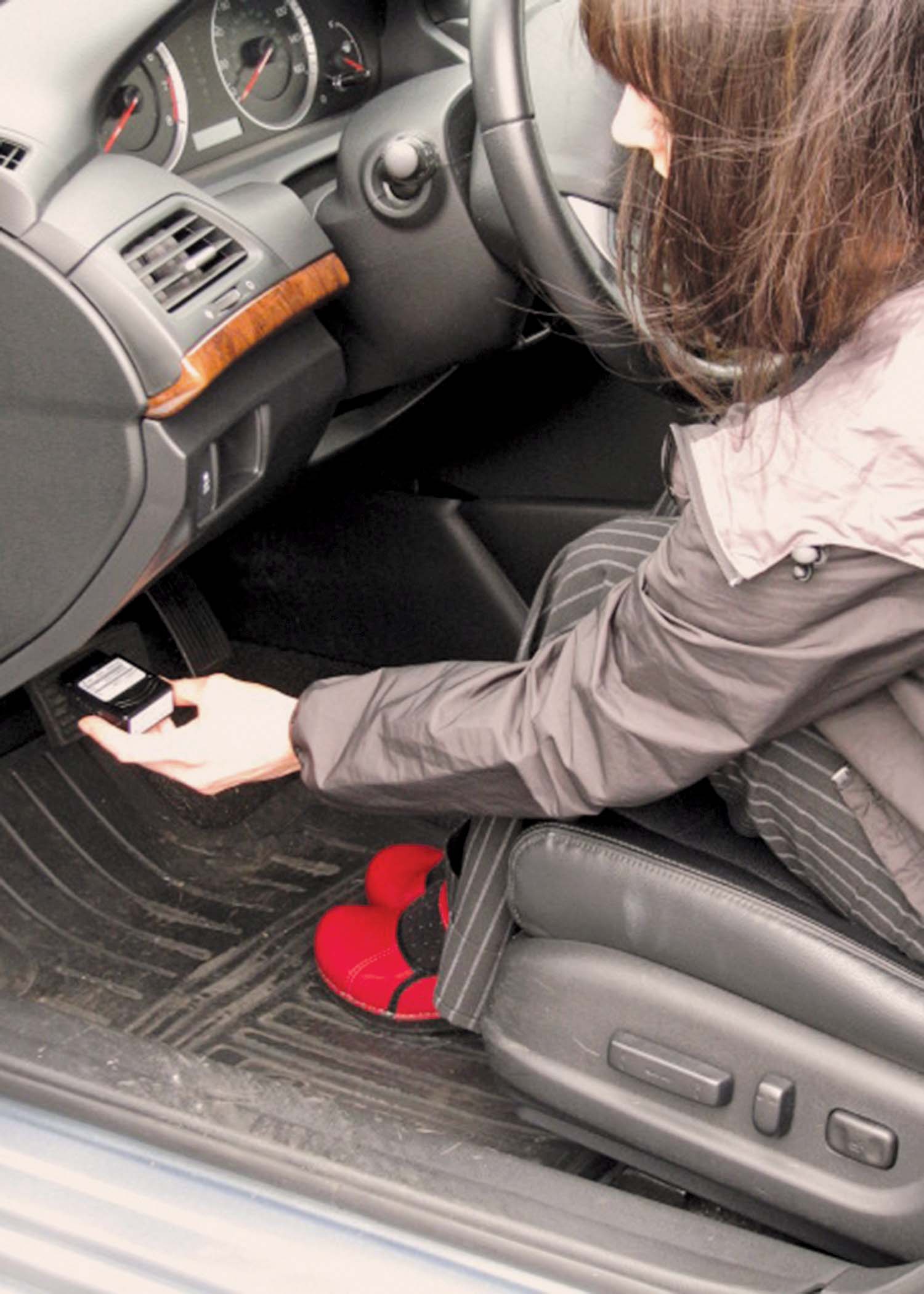Volvo Trucks has announced it has developed I-See, which operates like an autopilot and takes over gear-changing and utilises gradients to save fuel. The system, which will be available on the market next year, is linked to the transmission’s tilt sensor and obtains information about the topography digitally. The fact that the system is not dependent on maps makes it more dependable since it always obtains the very latest information. I-See can recall about 4,000 gradients, corresponding to a distance of 5,
RSS5874 Volvo Trucks has announced it has developed I-See, which operates like an autopilot and takes over gear-changing and utilises gradients to save fuel. The system, which will be available on the market next year, is linked to the transmission’s tilt sensor and obtains information about the topography digitally. The fact that the system is not dependent on maps makes it more dependable since it always obtains the very latest information. I-See can recall about 4,000 gradients, corresponding to a distance of 5,000 kms (3,100 mls).
“I-See is an autopilot linked to the truck’s cruise control, taking over and handling gear-changes, accelerator and brakes on gradients, ensuring they all operate in the most fuel-efficient way possible. I-See freewheels as much as possible – so on certain stretches of road no fuel is used at all,” explains Hayder Wokil, product manager at Volvo Trucks. “In this way fuel consumption can be cut by up to five per cent, a figure based on the results of simulations and tests on public roads. I-See requires use of the cruise control, and we know that on average drivers use cruise control about half the time. For a truck in normal operation, covering 140,000 kilometres (87,000 miles) a year, the saving will be about 1,000 litres of fuel annually. This makes a big difference to the haulage firm’s profitability.
I-See carries out six different operations to utilise the kinetic energy to the very maximum. For instance, it accelerates up hills, remains in a high gear for as long as possible and freewheels on descents to exploit the truck’s weight as a propulsion motor. Volvo says the system works best in undulating terrain. With moderately long and steep slopes, it ensures the truck can freewheel for long distances without using the engine,”
“It is this freewheeling capability that makes the system special,” explains Anders Eriksson, who was responsible for the development of I-See. “When the truck rolls freely, virtually no fuel is used. But in order to freewheel, a whole lot of data is required. It imposes high demands on precision. For instance, you have to know whether your speed will drop or increase over the next stretch of road. A gradient of just a few per cent can be the decisive factor,” Eriksson said. Other factors that make a difference are air resistance and the truck’s weight. All told the system has to keep track of and process a lot of information.
Eriksson also points out that it is not only fuel that is saved. “I-See reduces brake and tyre wear, for instance, and that naturally benefits the environment,” he says.
“I-See is an autopilot linked to the truck’s cruise control, taking over and handling gear-changes, accelerator and brakes on gradients, ensuring they all operate in the most fuel-efficient way possible. I-See freewheels as much as possible – so on certain stretches of road no fuel is used at all,” explains Hayder Wokil, product manager at Volvo Trucks. “In this way fuel consumption can be cut by up to five per cent, a figure based on the results of simulations and tests on public roads. I-See requires use of the cruise control, and we know that on average drivers use cruise control about half the time. For a truck in normal operation, covering 140,000 kilometres (87,000 miles) a year, the saving will be about 1,000 litres of fuel annually. This makes a big difference to the haulage firm’s profitability.
I-See carries out six different operations to utilise the kinetic energy to the very maximum. For instance, it accelerates up hills, remains in a high gear for as long as possible and freewheels on descents to exploit the truck’s weight as a propulsion motor. Volvo says the system works best in undulating terrain. With moderately long and steep slopes, it ensures the truck can freewheel for long distances without using the engine,”
“It is this freewheeling capability that makes the system special,” explains Anders Eriksson, who was responsible for the development of I-See. “When the truck rolls freely, virtually no fuel is used. But in order to freewheel, a whole lot of data is required. It imposes high demands on precision. For instance, you have to know whether your speed will drop or increase over the next stretch of road. A gradient of just a few per cent can be the decisive factor,” Eriksson said. Other factors that make a difference are air resistance and the truck’s weight. All told the system has to keep track of and process a lot of information.
Eriksson also points out that it is not only fuel that is saved. “I-See reduces brake and tyre wear, for instance, and that naturally benefits the environment,” he says.







